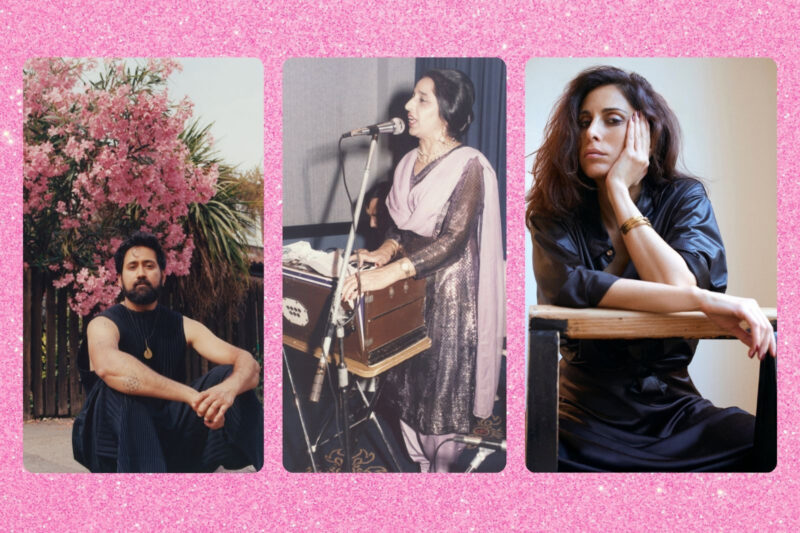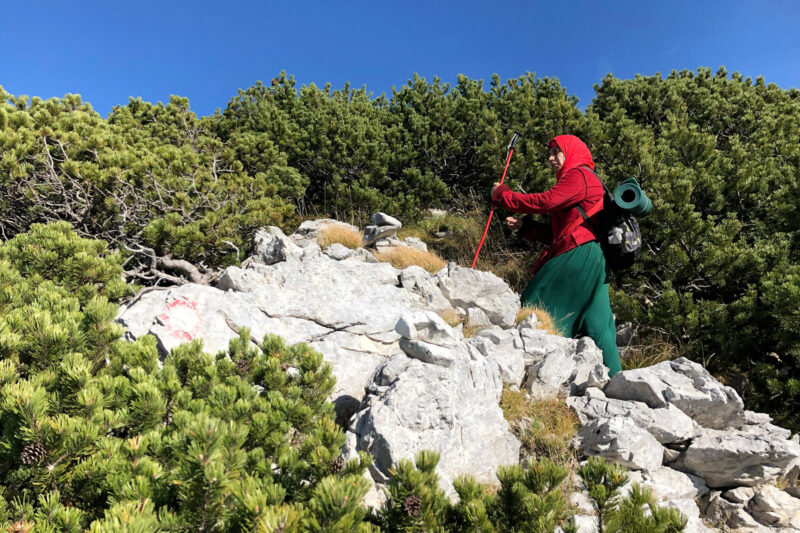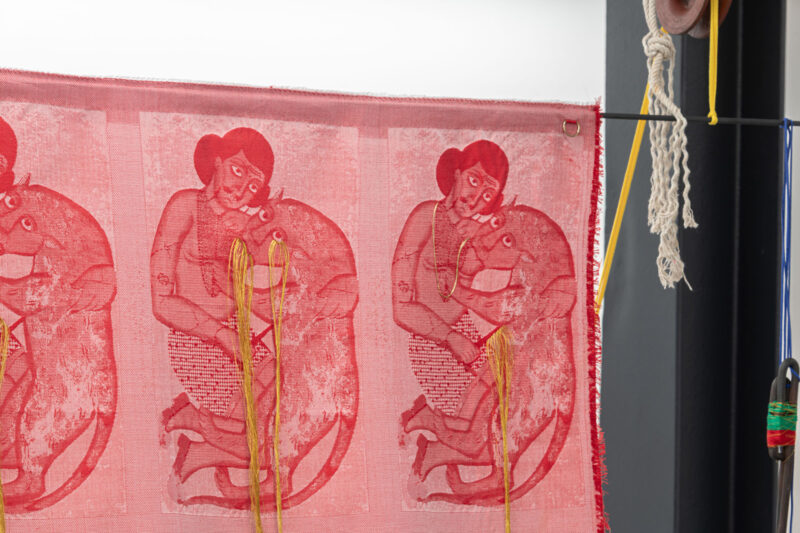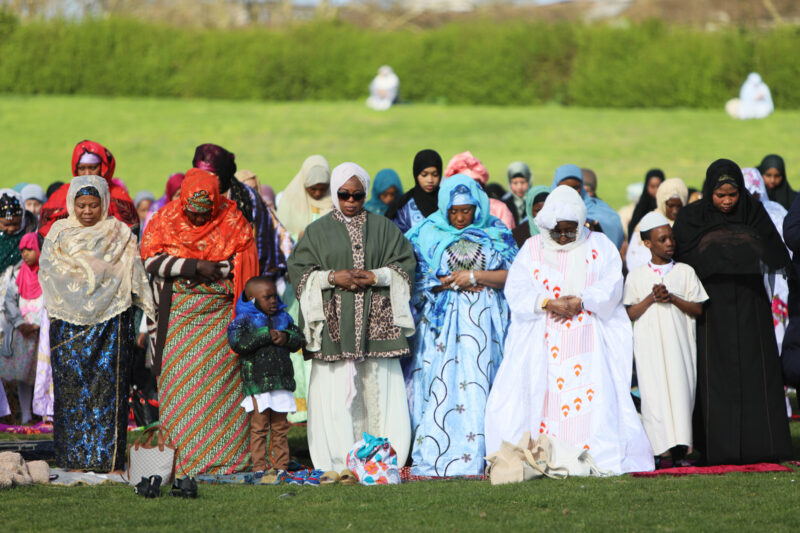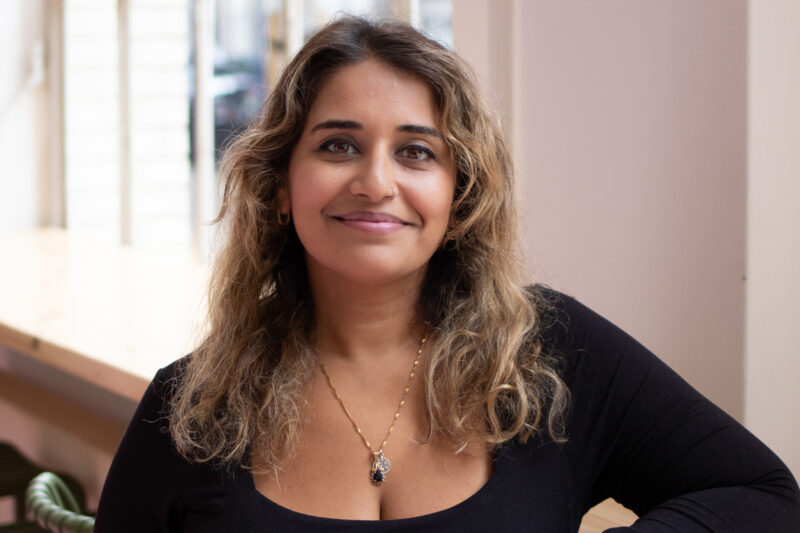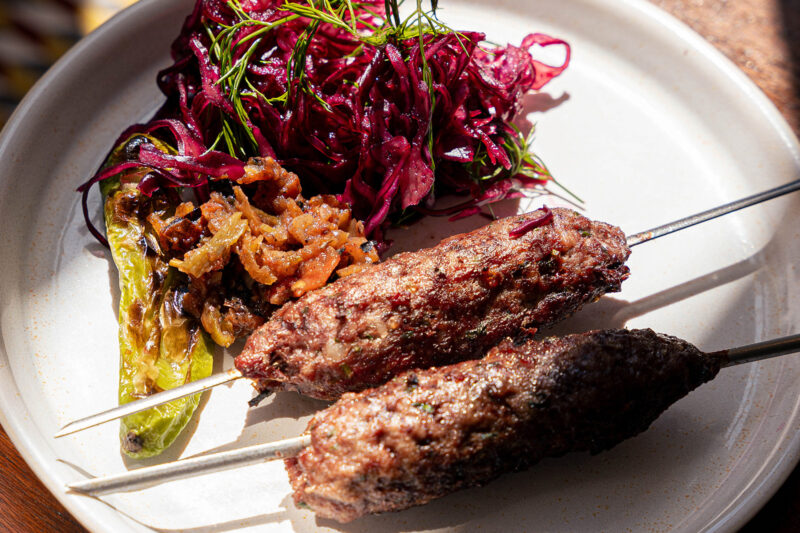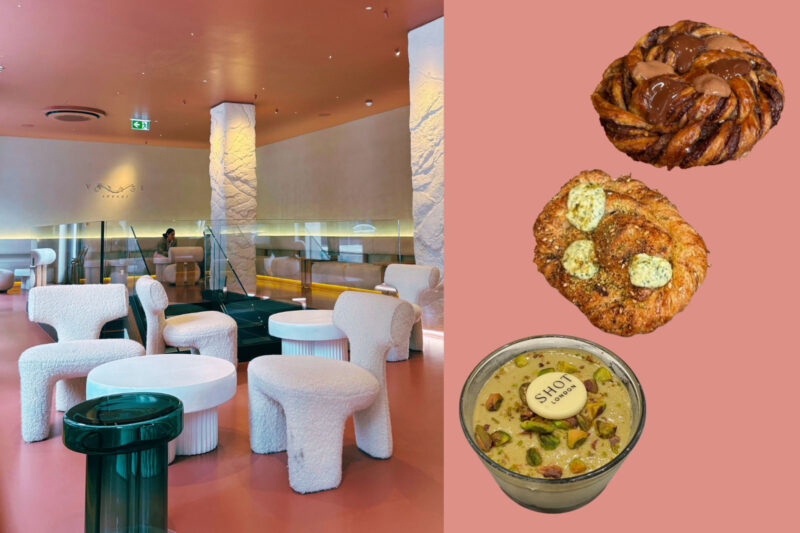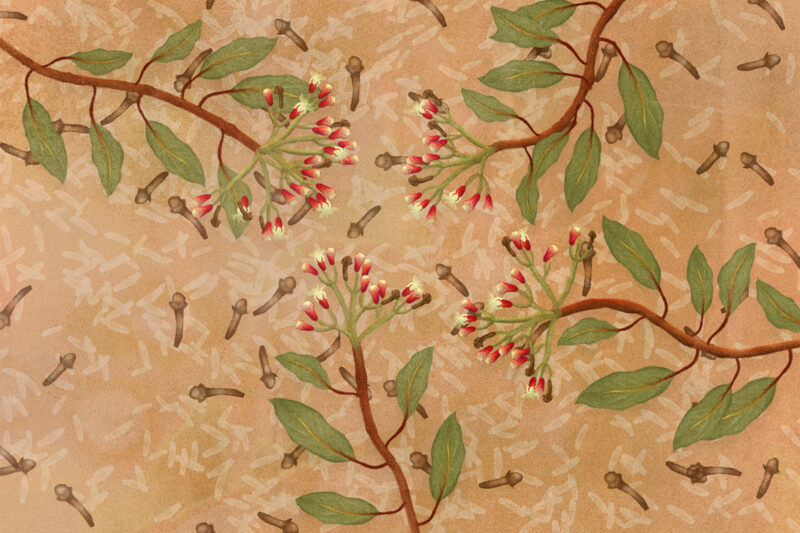The story of saffron, from ancient Persia to Essex
This subtly sweet, golden spice has long been synonymous with luxury. Now, its future is tangled in the complexities of geopolitics and climate breakdown
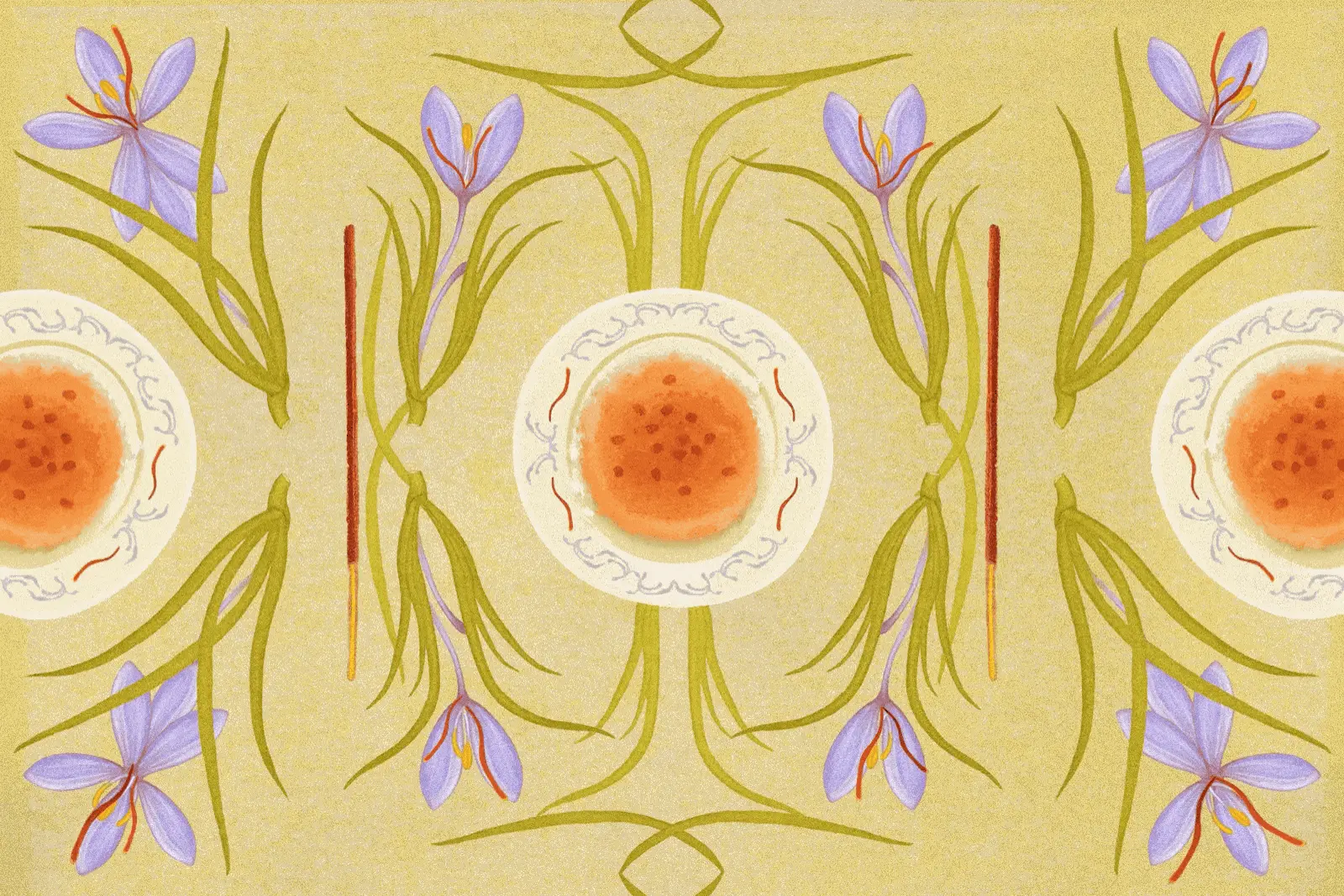
When I was growing up, my family and I often visited Saeed, an Iranian friend of my dad. Even more than the novelty of watching the recently launched Channel 5 at his south London flat, I remember the delicious food he always prepared for us. The dish that sticks in my memory most is tahdig — a unique scorched rice dish that is of central importance to the Persian table.
According to most recipes, making tahdig involves washing and soaking basmati rice, then parboiling it with salt and removing from the pot. Next yoghurt, saffron and water are mixed in a bowl and some of the rice is added. Oil is then heated in a large pan and the saffron-rice mixture spread over the bottom and cooked for a few minutes before the rest of the rice is layered on top. The pot is then covered with a cloth and lid and simmered for around 30 minutes.
As the moisture evaporates, the saffron rice caramelises, resulting in a crisp golden crust that ends up on full display when the dish is turned out on to a serving platter. That toasty layer is highly prized for its deeply flavoured crunch, but cracking through it also releases a bed of fluffy, fragrant and brilliantly white rice, infused with the subtle sweetness that only saffron can give.
Saffron is derived from the filament-thin stigmas of the crocus sativus. Cultivation of the spice is labour-intensive, poorly suited to mechanisation and has changed little since ancient times. To harvest the crop, the stigmas are picked out of each crocus by hand or with tweezers. With 150 flowers needed to obtain one gram, it’s a painstaking process that results in prices as high as £2,500 per kilogram. Fortunately, a little saffron goes a long way.
Saffron is indelibly associated with Persian culture. In ancient times it was scattered as part of wedding parades, used as an ingredient in incense and as part of pre-Islamic religious services. It has always been associated with wealth. The English name is derived from the Farsi word zarparān (زَرپَران), meaning golden leaves.
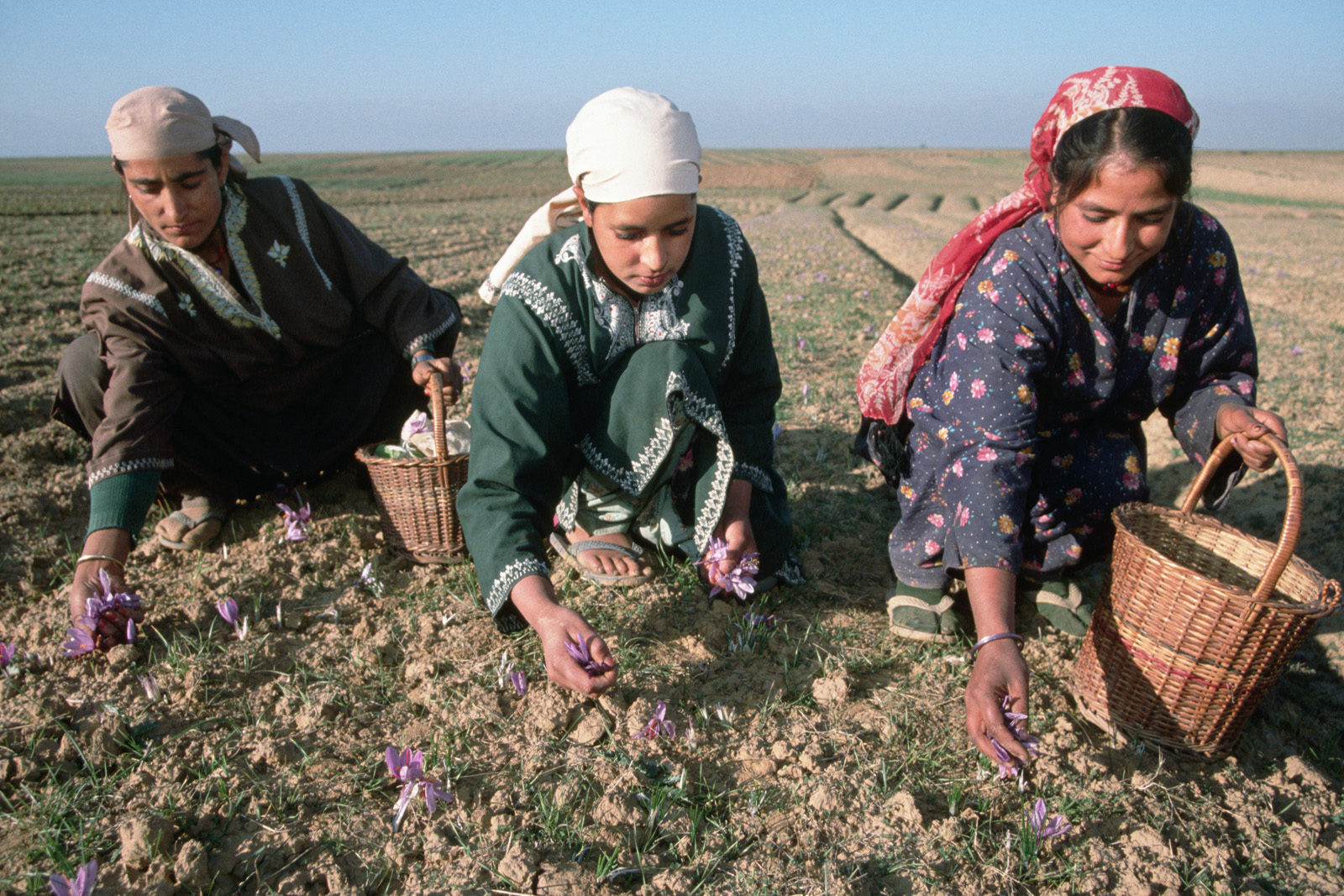
Now, Iran produces 90% of the world’s crop, with most of the remainder grown by smaller producers in places such as Greece, Afghanistan, Spain, the UAE and Kashmir. By way of context, Spain produces less than one tonne of saffron per year, Greece 2.5 tonnes and Iran more than 200 tonnes.
Cultivation in Persia dates back to the 10th century BC. It is said that King Darius Achaemenes used saffron and milk as a perfume for his body — a practice later forbidden in the hadiths. A bronze-age fresco in Crete, dating back to 1700BCE, depicts a saffron harvest and in the Greco-Roman era a thriving trade, led by the Phoenicians, operated from what is now known as Lebanon.
Saffron was used as a fragrance, a dye and in medicine across the ancient world, but production declined in parallel with the Roman Empire. The Islamic conquest of Spain, Portugal and parts of southern France in the eighth century brought the farming of crocus sativus with it. The spice remains an important ingredient in Spanish cuisine, including paella. It also appears in Italian and French dishes such as risotto Milanese and bouillabaisse.
Saffron crocuses are actually quite easy to grow and, in medieval times, made their way into the gardens of monasteries across Europe — even in Essex. An early growing guide was published in England in 1440, advising planting at the start of September in beds that have been “made well with dung”.
In 1514, the town of Chipping Walden in Essex was formally renamed Saffron Walden by Henry VIII in honour of the amount of the spice it produced. Saffron was also harvested across the country in Cornwall and by the early 1800s had become a key part of Methodist feast days in the form of the county’s famous saffron cake.
England is not the only European nation to use saffron in a variety of baked goods. Across the North Sea, Sweden has saffranskaka and the distinctive S-shaped lussekatter rolls, both of which are traditionally served on St Lucia’s Day on 13 December.
Despite its popularity, saffron is now tangled up in the complex geopolitical relationships between western nations and its main producer. Sanctions on Iran have had a significant effect on exports, particularly to the US, leading to a lucrative smuggling trade. Climate change is also threatening its production in Iran, Kashmir and Spain, with rising temperatures and erratic rainfall reducing the size of crops.
A pinch of saffron has long been used to add colour and sophistication to dishes around the world and its delicate golden strands are likely to become even more precious as time goes on.
 Newsletter
Newsletter


